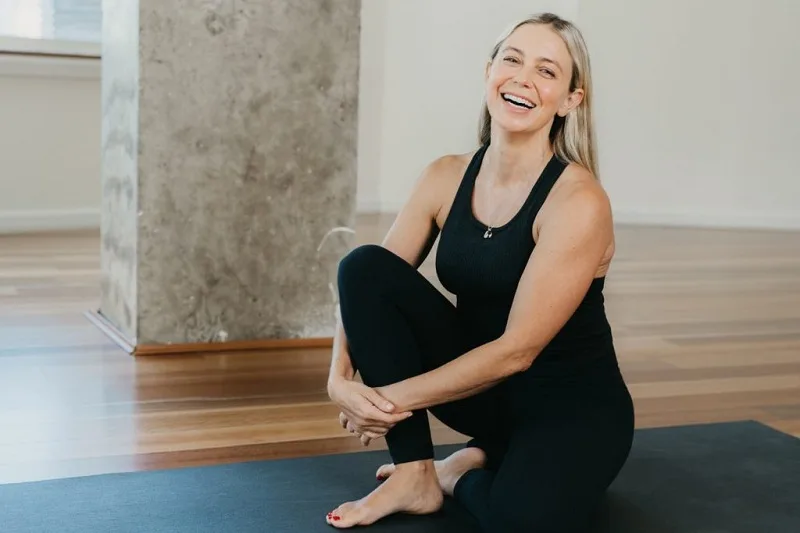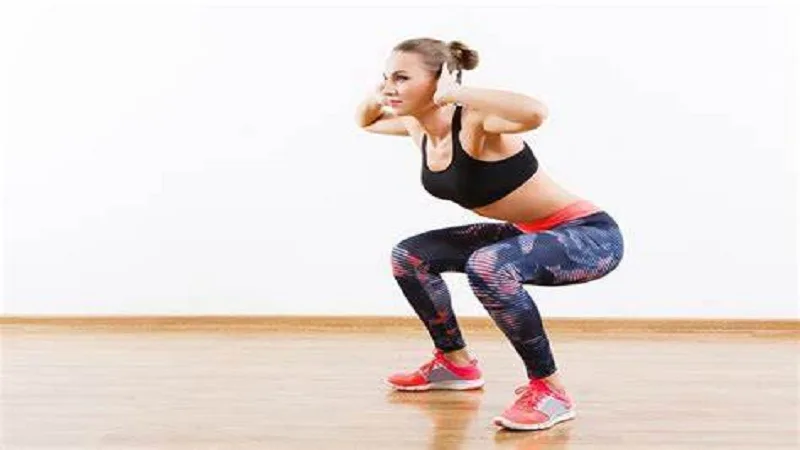HUILA DAILY, HEALTH
Undoubtedly, exercise is an important and necessary practice in people’s lives. It is part of preventive medicine strategies, helping to strengthen the heart, control cholesterol levels and reduce the risk of coronary disease.
The World Health Organization recommends that adults get at least 150 minutes of moderate-intensity aerobic physical activity per week, or 75 minutes of high-intensity aerobic exercise per week for noticeable health benefits.
However, preventing future pathologies is not the only benefit of exercise; reducing stress and contributing to a stable mental health is also due to the fact that blood flow rises more easily to the brain.
Despite the above, it is not unknown that there are people for whom performing a high or medium impact training is not entirely easy, since being overweight makes this type of activity difficult.
Squatting
According to experts, in order to relax the nervous system, squatting is a very good option because when the nervous system is highly activated, squatting is ideal to regulate it, because stretching the back activates the parasympathetic system, which It slows down the nervous system and induces relaxation. It is also a great exercise to improve posture and prevent muscle pain such as back pain.
Squatting is innate in humans, as is the bipedal gait. It is very common in the East to see people of all ages adopting this position on the street in the most diverse activities: cooking, chatting, eating, playing. Most do it with their heels firmly on the ground and their buttocks almost touching the ground.
What the experts say is that squatting and standing up again and again has been described as a “smart” form of exercise because it “challenges the brain” and thus benefits it.
Combat stress and some pathologies
Squatting has a relaxing effect on the nervous system, so it is a good exercise to practice when you are under a lot of stress or under nervous system disturbance.
The anti-stress effect is mainly due to the increase in blood volume, that is, the tension of the vessel wall, which activates the baroreceptor reflex; this, in turn, informs the nucleus of the solitary tract (the center of emotions) and activates the parasympathetic system.
This is crucial, because by activating the parasympathetic system, it generates a state of rest that allows energy to be saved or recovered, causing the body to relax.
Pathologies such as fibromyalgia, chronic fatigue or irritable bowel syndrome, among others, are associated with a very active sympathetic nervous system and a low parasympathetic.
How to do it
To get back into the squat, it’s best to practice frequently. Little by little, you will be able to gain flexibility and improve your posture, at the same time that we are reducing the over activation of the sympathetic system and improving our stress levels.
For the training to be more effective, it is recommended that it be practiced three times a day, for approximately 30 to 60 seconds. Considering some tips:
- As you move down, it is important to keep your feet in contact with the ground, without raising your heels. If it doesn’t come, you can hold on to something or place a support under your heels. It is a matter of adaptation.
- Hold the position for one minute, looking straight ahead and breathing in a relaxed way.
- Put your arms as you feel most comfortable.
- You can practice this posture at any time and whenever you want to go into relaxation mode, but if it is difficult for you to have a bowel movement, it is advisable to do it beforehand to activate the intestines and make it easier.

